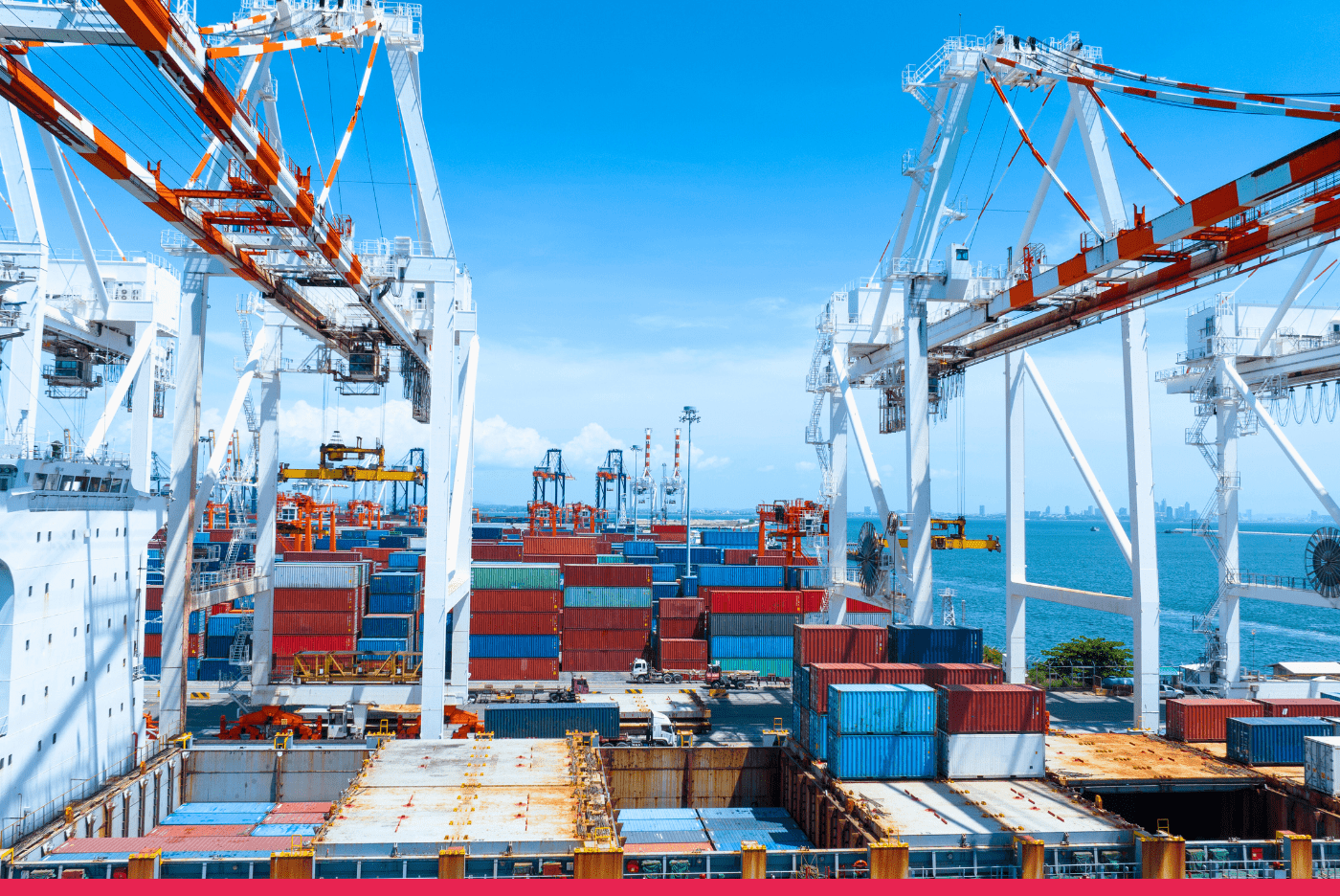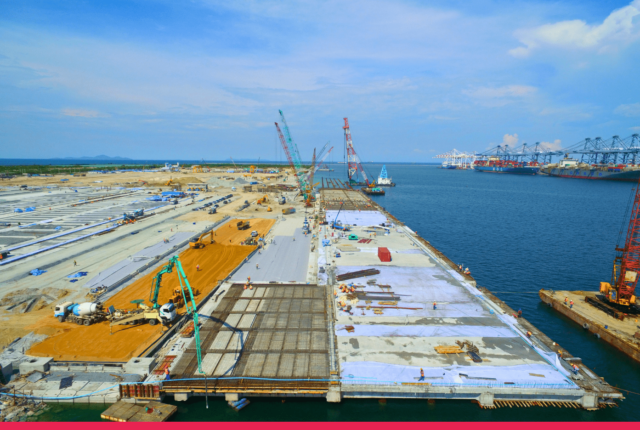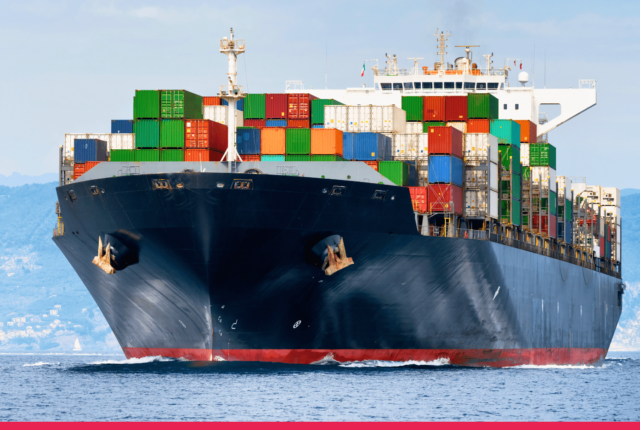
The LAPSSET Corridor: A Case Study in Regional Integration
Introduction
Regional integration is a key driver of economic growth and development, particularly in Africa, where fragmented markets and infrastructure deficits hinder trade and investment. The Lamu Port-South Sudan-Ethiopia Transport (LAPSSET) Corridor is a prime example of how large-scale infrastructure projects can bridge economic divides and unlock regional potential. However, coordinating a multi-country initiative like LAPSSET comes with significant challenges.
This article explores the opportunities LAPSSET presents, the obstacles it faces, and the strategies being used to ensure its success.
Why Regional Integration Matters for Eastern Africa
1. Economic Growth and Trade Facilitation
Regional integration fosters trade, reduces transportation costs, and enhances economic cooperation. By connecting Kenya, Ethiopia, and South Sudan, LAPSSET aims to ease trade barriers and create efficient transport networks, making East Africa more competitive in global markets.
2. Infrastructure Development as a Catalyst for Investment
Infrastructure investment attracts private sector participation and foreign direct investment (FDI). A well-developed LAPSSET Corridor will spur economic activities across logistics, energy, and manufacturing sectors.
3. Job Creation and Social Impact
LAPSSET is projected to create over 1.5 million jobs, directly and indirectly, benefiting local communities, businesses, and governments. The corridor will improve access to essential services, boost tourism, and enhance regional mobility.
Challenges of Multi-Country Infrastructure Projects
1. Cross-Border Coordination and Policy Alignment
Coordinating policies across multiple nations is complex. Differing regulations, legal frameworks, and political priorities can slow progress. Aligning policies through institutions like the African Union (AU), the East African Community (EAC), and the Common Market for Eastern and Southern Africa (COMESA) is crucial.
2. Financing and Investment Challenges
Large-scale infrastructure requires significant funding. Securing sustainable financing from public and private sources is a challenge. Public-Private Partnerships (PPPs) and multilateral funding from the World Bank and African Development Bank are key strategies.
3. Security and Geopolitical Risks
Border regions between Kenya, Ethiopia, and South Sudan have experienced instability. Ensuring security along the corridor is critical for attracting investors and maintaining smooth operations.
4. Environmental and Social Concerns
Infrastructure development must be sustainable. The LAPSSET project affects local communities and ecosystems, requiring responsible planning to minimize negative environmental and social impacts.
Strategies to Overcome Challenges
1. Strengthening Cross-Border Cooperation
Regional economic blocs like EAC and COMESA play a vital role in harmonizing policies and facilitating negotiations between countries.
2. Diversifying Financing Models
LAPSSET is leveraging a mix of funding sources, including government budgets, private sector investments, and international development agencies. Innovative financing solutions such as infrastructure bonds and diaspora investment schemes are also being explored.
3. Enhancing Security Measures
Governments are investing in security infrastructure, intelligence-sharing, and cross-border collaboration to mitigate risks and safeguard investments.
4. Promoting Environmental Sustainability
Sustainability measures include environmental impact assessments, community engagement programs, and green infrastructure solutions to minimize carbon footprints.
Investment Opportunities in the LAPSSET Corridor
1. Logistics and Transport Infrastructure
Investors can participate in the development of roads, railways, ports, and airports, enhancing trade efficiency across the region.
2. Energy and Power Projects
LAPSSET will require substantial energy capacity, creating opportunities in renewable energy, oil pipeline development, and power generation.
3. Special Economic Zones (SEZs)
SEZs along the corridor will serve as industrial hubs, attracting manufacturing and export-driven enterprises.
4. Real Estate and Urban Development
With increased connectivity, urban centers along the corridor will experience rapid growth, boosting demand for housing, commercial spaces, and hospitality services.
FAQs
Q: What is the main goal of the LAPSSET Corridor?
A: To enhance regional integration, boost trade, and facilitate economic development between Kenya, Ethiopia, and South Sudan.
Q: How is LAPSSET being financed?
A: Through a combination of government funding, Public-Private Partnerships (PPPs), and international financial institutions.
Q: What are the biggest risks associated with LAPSSET?
A: Geopolitical instability, financing gaps, environmental concerns, and cross-border policy alignment challenges.
Q: How can investors participate in LAPSSET?
A: By investing in infrastructure development, energy projects, Special Economic Zones (SEZs), and urban expansion initiatives.
Conclusion
The LAPSSET Corridor is a transformative project with the potential to redefine regional integration in East Africa. While challenges exist, strategic coordination, innovative financing, and sustainable development practices are paving the way for success. For investors, policymakers, and businesses, LAPSSET represents an unprecedented opportunity to shape Africa’s economic future.
Call-to-Action: Stay informed about the latest LAPSSET developments by subscribing to our newsletter. Share your thoughts in the comments or explore investment opportunities with Afri-Fund Capital today.



Leave a Reply